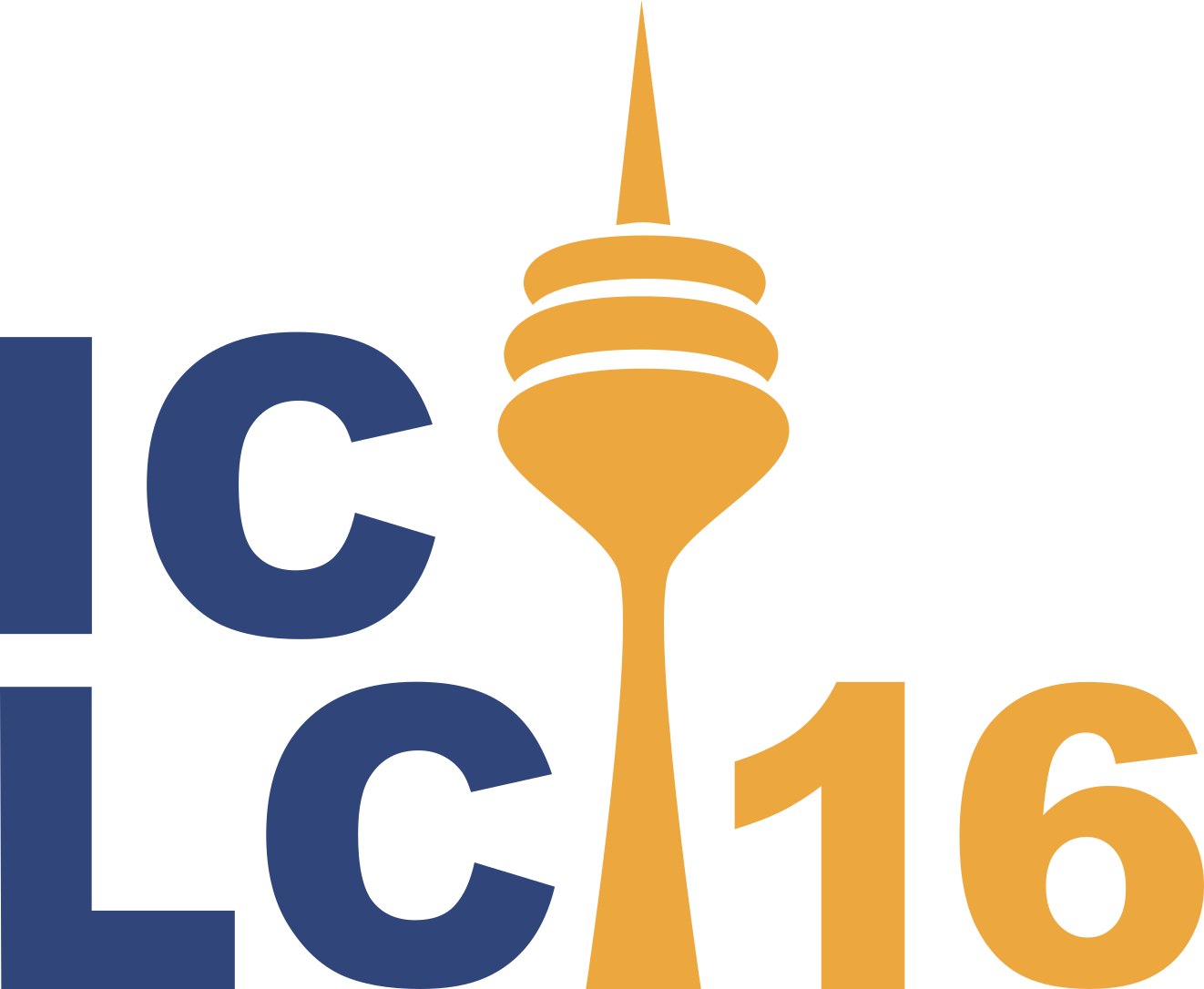Geert Brône, Fien Andries, Clarissa De Vries, Kurt Feyaerts, Katharina Meissl, Bert Oben, Paul Sambre, Myriam Vermeerbergen
A fundamental property of human language is its ability to simultaneously represent subjects, objects or events, and express the speaker’s stance towards these representa-tions (Du Bois 2007, Englebretson 2007, Haddington et al. 2014, Bohmann & Ahlers 2021). The phenomenon of stance-taking as a socially contextualized and recognized interpersonal phenomenon has been studied extensively from different angles and using different theoretical frameworks. In Cognitive Linguistics, stance-taking has often been studied in relation to key concepts in the field, such as viewpoint, (inter)subjectivity, evidentiality and grounding, among others (see e.g. Vandelanotte 2017, Dancygier & Vandelanotte 2017, Nir & Zima 2017, Feyaerts et al. 2022, a.o.). These studies zoom in on different semiotic resources for the expression of stance, including lexical markers and constructional formats, the relation between paraverbal (intonation, volume and speech rate) and nonverbal cues (gestures, head movements, facial expressions) in spoken interaction, sign language and complex text-image relations. What remains largely unexplored, however, is the interaction between these resources in the realization of multimodal stance acts. Put differently, the existing literature provides an already extensive overview of (non)verbal elements with a potential for expressing a speaker’s stance, but the question how these are integrated to build recurrent multimodal stance-taking packages (in the sense of multimodal constructions, Zima & Bergs 2017) requires further investigation.
This panel unites scholars in Cognitive Linguistics who explore the interplay of different resources in the realization of complex stance-taking acts in spoken and signed language. This generates a variety of questions with an empirical as well as theoretical pertinence:
a. the functional relationship between the different resources (i.e. the construal of complex stance meanings through different elements with a similar stance potential vs. a combination of different epistemic and/or evaluative positions in a single communicative act)
b. the temporal relationship between the different resources: in spoken and signed languages different articulators with stance potential may be produced simultaneously and/or sequentially, which may generate differential effects. This raises the question what can be considered as a single communicative stance act
c. the interactive dynamics of stance-taking, given that this is not necessarily an individual act by an individual speaker/signer but rather part and parcel of an interactive project. An interesting empirical question thus pertains to the multimodal negotiation and co-construction of stance in interaction.
Apart from providing a forum for sharing results of empirical studies and relating these findings to the body of literature on stance-taking, the panel aims to shed a light on the deeper theoretical issue of the fundamental multimodal nature of language.
References
Bohmann, A., & Ahlers, W. (2021). Stance in narration: Finding structure in complex sociolinguistic variation. Journal of Sociolinguistics, josl.12533. https://doi.org/10.1111/josl.12533
Dancygier, Barbara and Vandelanotte, Lieven. “Viewpoint phenomena in multimodal communication ” Cognitive Linguistics, vol. 28, no. 3, 2017, pp. 371-380.
Du Bois, J.W. (2007). The stance triangle. In Robert Englebretson (ed.), Stancetaking in discourse: Subjectivity, evaluation, interaction, 139–182. Amsterdam: John Benjamins.
Englebretson, R. (Ed.). (2007). Stancetaking in discourse: Subjectivity, evaluation, interaction. John Benjamins Pub.
Feyaerts, K., Rominger, C., Lackner, H. K., Brône, G., Jehoul, A., Oben, B., & Papousek, I. (2022). In your face? Exploring multimodal response patterns involving facial responses to verbal and gestural stance-taking expressions. Journal of Pragmatics, 190, 6–17. https://doi.org/10.1016/j.pragma.2022.01.002
Haddington, P., Keisanen, T., Mondada, L. & Nevile, M. (2014).Towards multiactivity as a social and interactional phenomenon. In: Haddington, P. et al. (eds), Multiactivity in Social Interaction: Beyond multitasking. Benjamins.
Nir, B. & Zima, E. (2017). The power of engagement: Stance-taking, dialogic resonance and the construction of intersubjectivity. Functions of Language 24, 3-15. DOI 10.1075/fol.24.1.01nir.
Vandelanotte, L. (2017). Viewpoint. In B. Dancygier (Ed.), The Cambridge Handbook of Cognitive Linguistics (Cambridge Handbooks in Language and Linguistics, pp. 157-171). Cambridge: Cambridge University Press. doi:10.1017/9781316339732.011.
Zima, Elisabeth and Bergs, Alexander. “Multimodality and construction grammar” Linguistics Vanguard, vol. 3, no. s1, 2017, pp. 20161006. https://doi.org/10.1515/lingvan-2016-1006
